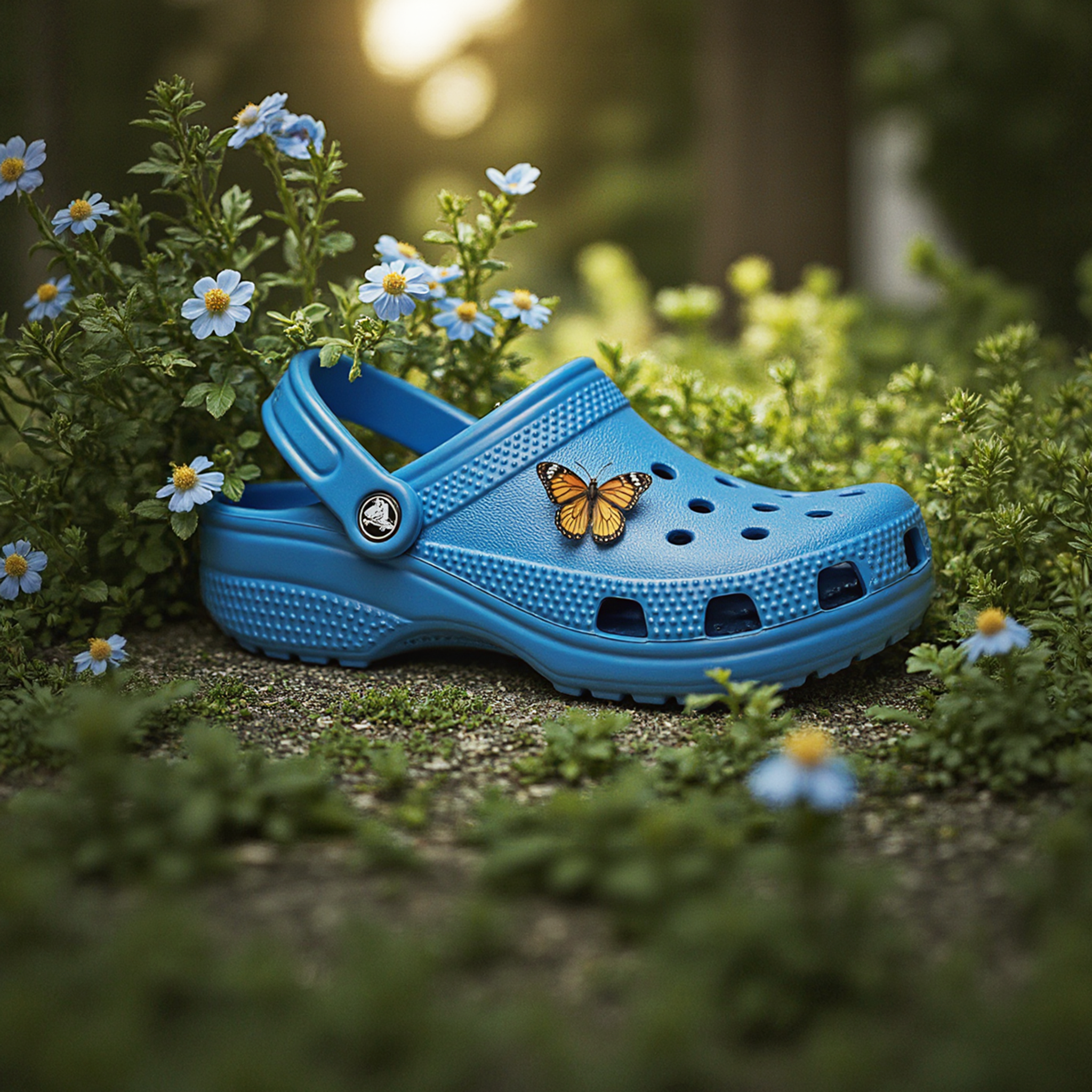In his latest piece for Ad Age, designer Alex Kauffman shares ways that companies can create more inclusive environments where Deaf designers, and innovation, can thrive.
For a Deaf designer, working with the hearing world can be challenging. And while many agencies prioritize accessible solutions, they often fall short of creating inclusive workplaces that benefit everyone—including the client. The way Alex sees it, it’s time we start a conversation about companies providing the necessary tools and resources for hard-of-hearing (HOH) creatives to excel. We think he’s right.
There’s a sense of isolation that a Deaf person could feel in an agency that doesn't prioritize accessibility. And that sense of isolation can not only prevent them from feeling “at home” or valued, but can also impact their ability to perform.”
Experience is everything, so let’s design a good one.
Because deafness is a spectrum, it’s important to take a holistic approach to addressing the needs of Deaf creatives. “While having interpreters and closed captions are a great start, those are only the basic elements of what a Deaf person needs,” shares Alex. This means looking at current company policies and structures and looping hard-of-hearing team members into the conversation. Do the tools you provide meet their needs and reduce barriers in an inclusive way, or are there better ideas?
Those solutions often set us apart, when our ability to thrive requires bringing us into the fold.”
Wonder how your agency can do better?
Showcase the importance of having Deaf people in the creative space. Society often sees hearing people as the “heroes” in curing Deaf people's problems, not realizing the role Deaf people have in innovating technology to better themselves and hearing audiences. Here are Alex’s tips for building a more inclusive work environment:
- Include deaf people in your solutions. While Deaf and HOH creatives are very willing to teach and explain things to their peers, it’s better to hire a Deaf person on your team or collaborate closely with them on projects.
- Be clear on project objectives. To reduce communication barriers, avoid using terminology and sentences that can be misinterpreted.
- Create company resources and guidelines on how to work with people with disabilities. Using Microsoft's guidelines as a springboard, create an inclusive deck specific to your industry, company and workflow that highlights possible needs for each disability.
- Ask people what they need. Don’t assume what your team members want—ask them what solutions work best for them in the workplace.
- Advocate for others. Give Deaf and HOH creatives the opportunity to speak up and share insights on inclusive and accessible solutions. Those small moments really make a big impact.
- Be patient. It shows your willingness to help your peers grow and goes a long way in paving the way for a more trusting and safe space.
For more on Alex’s solution-oriented approach to creating inclusive workplaces, read the full article here.
